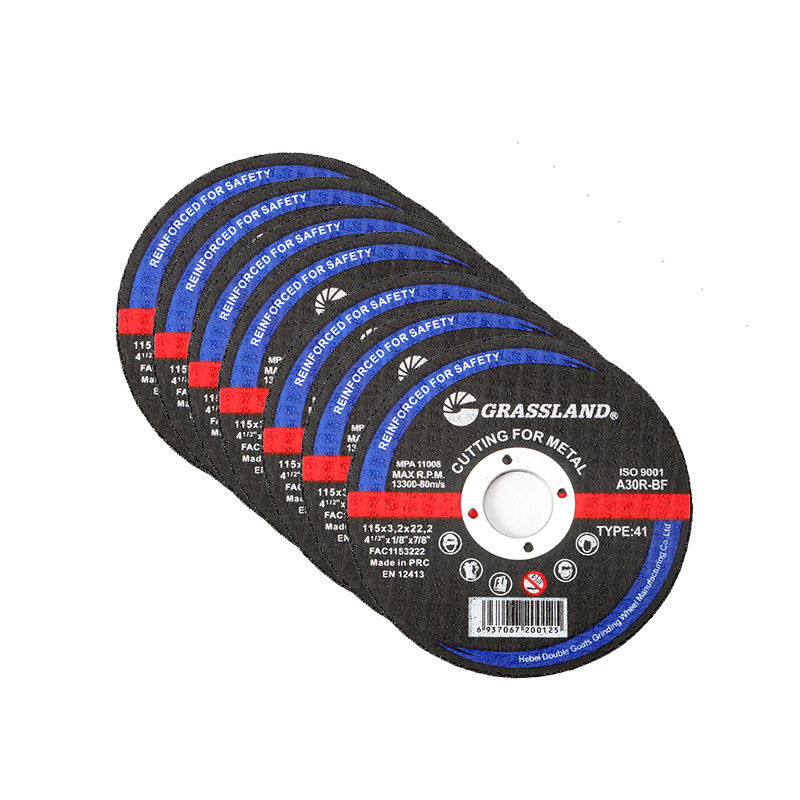The Essential Guide to Metal Sanding Discs for Angle Grinders
When it comes to metalworking and fabrication, achieving a smooth, polished finish is often essential for both aesthetics and functionality. One of the key tools that professionals and DIY enthusiasts rely on for this purpose is the angle grinder, equipped with the right type of sanding disc. In this guide, we will explore the benefits, types, and best practices associated with metal sanding discs for angle grinders, allowing you to enhance your metalworking projects effectively.
Understanding Metal Sanding Discs
Metal sanding discs are abrasive wheels attached to an angle grinder, designed specifically for smoothing and finishing metal surfaces. These discs come in various materials, grits, and sizes, making them versatile for different metalworking tasks. The primary materials used in these sanding discs include aluminum oxide, zirconia, and ceramic, each offering unique properties suited to specific applications.
1. Aluminum Oxide This is one of the most common materials for sanding discs. It’s durable, cost-effective, and excellent for general-purpose sanding tasks. Aluminum oxide discs are ideal for removing rust, paint, or other contaminants from metal surfaces.
2. Zirconia With a more aggressive cutting action than aluminum oxide, zirconia sanding discs are best suited for heavy-duty tasks such as grinding welds or shaping metal. The self-sharpening nature of zirconia allows these discs to last longer under high-pressure applications, making them a preferred choice for professionals.
3. Ceramic For advanced metal sanding tasks, ceramic discs offer exceptional durability and cutting performance. They are particularly useful for high-volume projects where rapid material removal is essential.
Choosing the Right Grit
The grit of the sanding disc determines how coarse or fine its finish will be. Grit sizes typically range from 24 (very coarse) to 120 (very fine), with finer grits used for finishing work and coarser grits ideal for initial material removal. Here are some general guidelines for selecting grit sizes based on your project needs
- Coarse Grit (24-60) Use these for heavy metal removal, such as grinding welds or shaping metal pieces. - Medium Grit (80-120) These grits are great for smoothing out rough surfaces after initial shaping or removing old paint. - Fine Grit (120 and above) Ideal for finishing work and achieving a polished look on metal surfaces.
metal sanding discs for angle grinder

Attaching Metal Sanding Discs
Attaching the sanding disc to your angle grinder is a straightforward process. Most angle grinders use a 5/8-inch arbor, which fits standard sanding discs. Always ensure that the disc is securely fastened, and follow the manufacturer’s instructions for your specific grinder. Additionally, using the appropriate backing pad can enhance disc performance and prolong durability.
Safety Precautions
When working with angle grinders and sanding discs, safety should be your top priority. Here are key safety tips to keep in mind
- Wear Protective Gear Always use safety goggles, gloves, and a dust mask to protect yourself from flying debris and harmful dust. - Check Equipment Before use, inspect the angle grinder and sanding disc for any signs of damage. A damaged disc can shatter during operation. - Follow Operating Procedures Familiarize yourself with the angle grinder's operating procedures, including how to properly hold and maneuver the tool for maximum control.
Maintenance and Care
To ensure longevity and consistent performance of your sanding discs, proper maintenance is crucial. Keep your workspace clean to prevent the accumulation of metal shavings and dust, which can reduce the effectiveness of the discs. Store sanding discs in a dry place away from direct sunlight to prevent deterioration of the abrasive materials.
Conclusion
Metal sanding discs for angle grinders are indispensable tools in the world of metalworking. By understanding the different types of discs, selecting the right grit for your project, and adhering to safety practices, you can achieve professional-quality finishes in your metal projects. Whether you are a seasoned professional or a hobbyist, investing in quality sanding discs and using them correctly will undoubtedly elevate the quality of your work. Remember, a bit of preparation and the right tools can make all the difference in your metalworking endeavors. Happy sanding!
Post time:Dec - 05 - 2024

















